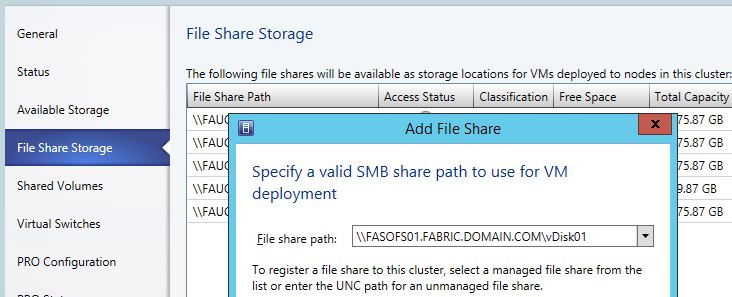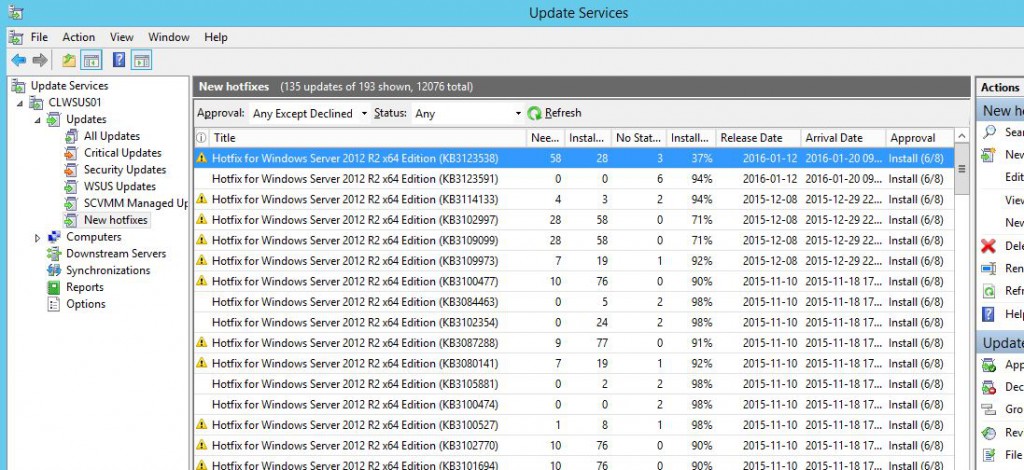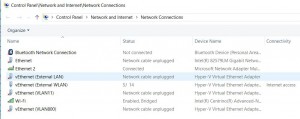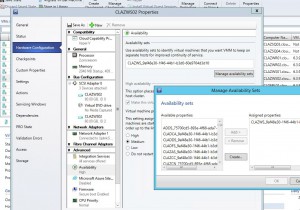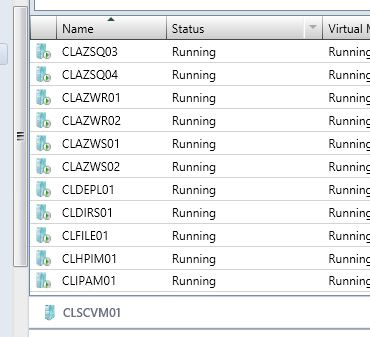I got a comment on my previous blogpost.
Could you please clarify the import bit with paste:ing the uri into Wsus IE.
If you paste the Uri into the address field it wants do dowload the update and not import it.
You are right, I was very unclear about that and should have explained it, thanks for asking Patrik.
This process can be used to import anything from the Microsoft Update Catalog, including Drivers and public Hotfixes.
Start by opening your WSUS Console, and click on “Import Updates”.
It has to be done that way to get the “import” option, else you will only be able to download the files.
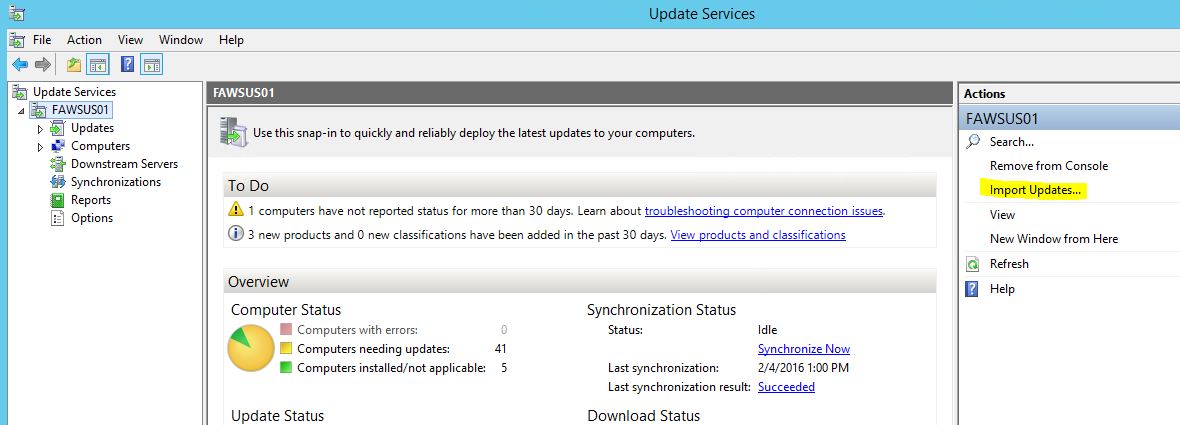
An normal Internet Explorer will now open. If this is the first time you are doing this, you will be prompted to approve an activex component and you may have to trust the updates website too.
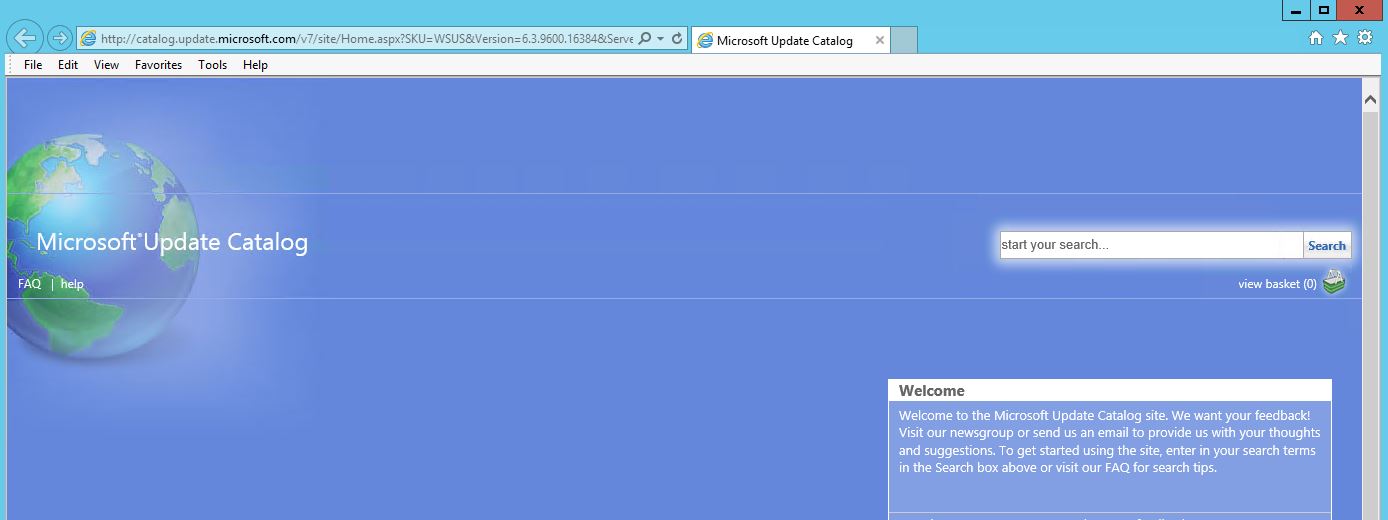
You can either search for hotfixes (or drivers) by their name, or just paste the MUUri that’s listed on each hotfix in my post here: http://www.isolation.se/list-of-private-cloud-related-hotfixes-2016-02-03/ And then click on Add to put the hotfixes in your basket.

When you have added a couple of hotfixes to the basket click on “View Basket”. My experience is that adding too many hotfixes will make the Microsoft Update site timeout and be unresponsive. So I usually import the hotfixes or drivers in batches of 20-30 at the same time.

Notice in the picture above, how there is no Import but just the normal Download button. If that happens, just switch back to the Windows Update Admin console, and click import updates again. A new tab will open in IE, it will remember all your items in the basket and a Import Directly into Windows Server Update Services checkbox exists now!

Just import the hotfixes to WSUS that way, and approve them manually or make an Auto Approval Rule. Done!
The bad part, is as I mentioned in a previous blogpost, that you have to copy and paste each hotfix url into IE. I’ve not managed to figure out a way to script the import as it’s a ActiveX component doing all the work.

